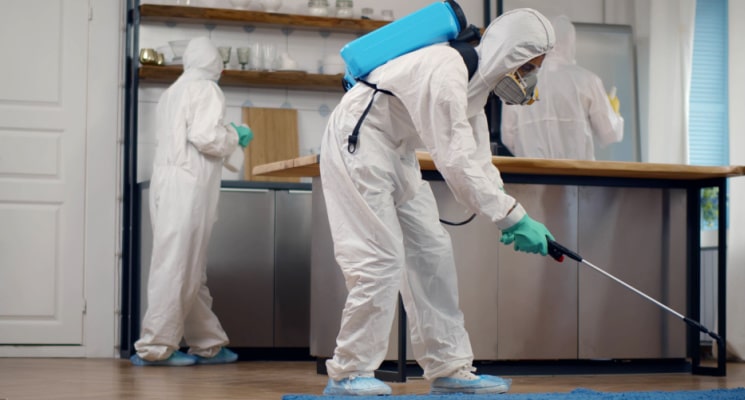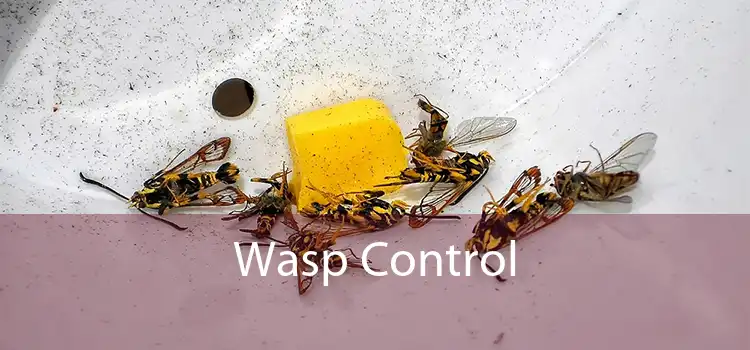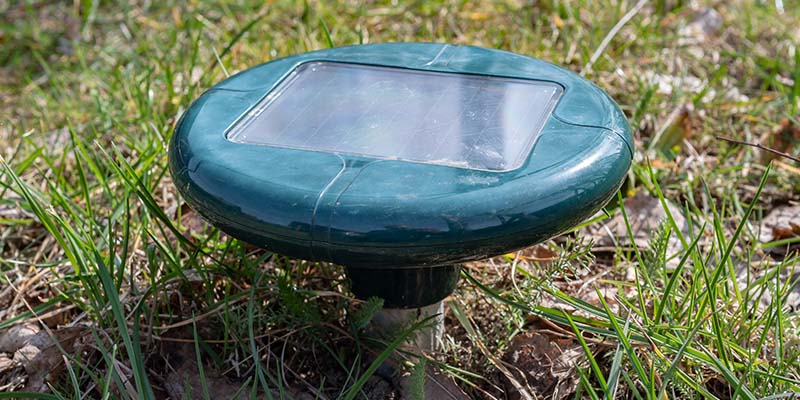
Physical pest control offers a reliable and non-toxic approach to managing pests, providing effective solutions for homes, gardens, and agricultural fields. By utilizing physical methods, individuals can eliminate pests without exposing themselves or the environment to harmful chemicals. Various physical pest control methods are available, including traps, barriers, and hand-picking, each targeting specific pests and providing long-term results. For those seeking professional assistance, reliablepestsolutions.com offers expertise in physical pest control, helping individuals protect their properties and investments from pest damage. By understanding physical pest control methods, property owners can make informed decisions and enjoy a pest-free environment, ensuring peace of mind and reduced maintenance costs.
Exploring the Benefits of Physical Pest Control
Physical pest control offers the following benefits:
- Non-Toxic: Physical pest control methods are often non-toxic, making them a safer choice for humans, pets, and the environment.
- Targeted: Physical pest control methods can be targeted to specific pests, reducing the risk of harming beneficial organisms.
- Effective: Physical pest control methods can be highly effective, providing long-term solutions for pest management.
- Cost-Effective: Physical pest control methods can be cost-effective, reducing the need for chemical pesticides and minimizing damage to crops and property.
Discovering Physical Pest Control Methods
There are several effective physical pest control methods:
- Traps: Traps are a common physical pest control method used to capture and eliminate pests. Examples include sticky traps, snap traps, and bait traps.
- Barriers: Barriers can be used to prevent pests from entering a specific area. Examples include fine mesh screens, fine netting, and copper tape.
- Hand-Picking: Hand-picking involves manually removing pests from plants or surfaces. This method is often used in gardens and greenhouses.
- Vacuuming: Vacuuming can be used to remove pests, such as insects and rodents, from homes and other structures.
- Heat Treatment: Heat treatment involves using high temperatures to kill pests. This method is often used to control bed bugs, fleas, and ticks.
- Cold Treatment: Cold treatment involves using low temperatures to kill pests. This method is often used to control pests in stored products.
Best Practices for Physical Pest Control
- Identify the Pest: Identify the pest correctly to choose the most effective physical pest control method.
- Use the Right Equipment: Use the right equipment for the job, such as traps or barriers, to ensure effective pest control.
- Monitor and Maintain: Monitor and maintain physical pest control methods regularly to ensure their effectiveness.
- Combine Methods: Combine physical pest control methods with other approaches, such as cultural controls and biological controls, for a holistic pest management strategy.
- Consider Safety: Consider safety when using physical pest control methods, especially when using traps or handling pests.
Common Physical Pest Control Applications
- Gardening: Physical pest control methods are often used in gardening to control pests, such as aphids, whiteflies, and slugs.
- Home Pest Control: Physical pest control methods are used in homes to control pests, such as rodents, cockroaches, and bed bugs.
- Agricultural Pest Control: Physical pest control methods are used in agriculture to control pests, such as insects and weeds.
- Food Storage: Physical pest control methods are used in food storage facilities to control pests, such as rodents and insects.
Bottom Line
Physical pest control provides a reliable and effective approach to managing pests, offering a non-toxic and targeted solution for various settings. By utilizing physical methods, individuals can eliminate pests while minimizing harm to the environment and beneficial organisms. Whether used alone or in combination with other approaches, physical pest control methods can provide long-term results and reduce the need for chemical pesticides. With its numerous benefits and applications, physical pest control is a valuable tool for property owners, gardeners, and agricultural professionals. Effective physical pest control strategies can lead to healthier homes, gardens, and ecosystems.




